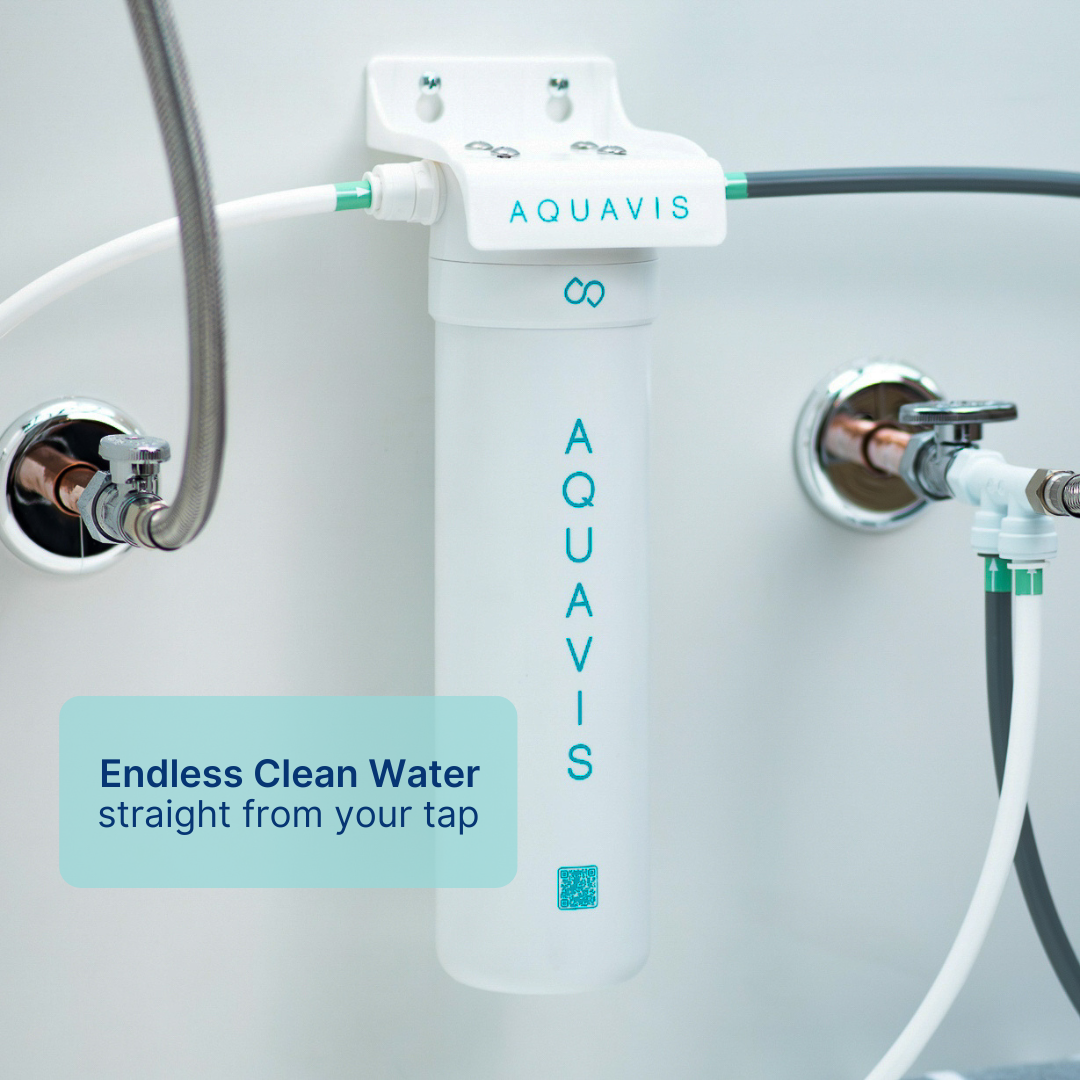We've all heard the saying, "There must be something in the water." While it's generally a humorous remark, have you ever wondered what's actually in your water? What you find might surprise you.
Dangerous contaminants and toxic chemicals such as PFAS (also known as Per- and polyfluoroalkyl substances or "forever chemicals") can find their way into your public water supply and community water systems. Contaminant levels can differ depending on location, so what about the water in your state?
In this article, we'll take a look at the levels of PFAS in water by state to help you stay informed about the water quality in your area. But first, let's talk about what PFAS are, why they are dangerous, how they get into water, and how they affect human health.
What Are Per- and Polyfluoroalkyl Substances (PFAS)?
Per- and polyfluoroalkyl substances (PFAS) are a large group of human-made chemicals that have been used in various industries since the 1940s. Known for their resistance to heat, water, and oil, these substances are commonly found in products like non-stick cookware, water-repellent clothing, and firefighting foams.
PFAS are incredibly persistent in the environment. They originate from both industrial processes and consumer products. Over time, PFAS can enter water systems through manufacturing discharges, runoff from fire-fighting substances, and the degradation of PFAS-containing materials.
Once in the environment, these chemicals can accumulate in water sources, posing potential health risks to both humans and wildlife. Understanding the sources and pathways of PFAS is crucial for developing effective strategies to manage and mitigate their impact on our water supplies.
Why PFAS Are Called "Forever Chemicals"
The term "forever chemicals" refers to the persistent nature of PFAS, which resist breaking down in the environment. This is due to the strong carbon-fluorine bonds in their chemical structure, making them extremely durable and long-lasting. As a result, PFAS can remain in the environment for decades, continually cycling through water, soil, and living organisms.
The persistence of these chemicals means they can accumulate in the human body over time, leading to prolonged exposure and increased health risks. Once PFAS make their way into the environment and our bodies, they are almost impossible to completely remove. This makes it crucial to address both current PFAS contamination and future PFAS use to protect public health and the environment.
State-by-State Regulation of PFAS in Drinking Water
Ranging anywhere from 3 ppt to 667,000 ppt, each state has different standards for the level of PFAS they allow in their public water systems. Such a wide range of maximum contaminant levels is unsettling, to say the least. Fortunately, you can check out this interactive map of PFAS levels across the country to see what the allowable levels are in your state.
Breaking Down the Data
Now that you know what the PFAS levels are for your state's public drinking water system, what does this level mean?
The presence of PFAS in drinking water can have serious effects on human health. Prolonged exposure to high levels of these persistent chemicals has been linked to a range of health issues, including reproductive issues, immune system suppression, and developmental problems in children.
Additionally, long-term exposure to certain PFAS has been associated with an increased risk of cancers such as kidney and testicular cancer. As PFAS accumulate in the body over time, even low levels in drinking water can lead to significant health risks, making it essential to minimize ingestion.
Why Is PFAS Testing Data Important?
PFAS testing data is crucial because it helps us understand the extent of contamination in our water supplies. Knowing whether PFAS are present in our water allows communities and policymakers to be aware of potential health risks associated with these chemicals.
This awareness can also help you and your family make informed decisions about their water consumption. With accurate PFAS testing data, we can develop targeted strategies to reduce exposure, ensuring safer drinking water for everyone.
Protecting Against PFAS at the State and City Level
Most public water systems focus on removing common contaminants like bacteria and heavy metals, but they often fail to filter out PFAS. These systems typically use conventional treatment methods, such as chlorination and sedimentation, which are ineffective against PFAS.
Addressing PFAS contamination at the state and city levels involves investing in advanced technologies and updating regulations to ensure water safety for all residents. Removing PFAS from water requires more vigorous filtration methods, such as activated carbon.
While many public water systems lack the resources to implement these specialized treatments on a large scale, your family can still benefit from effective filtration thanks to filters like the Aquavis Pulse.
Recent federal legislation has established a legally enforceable regulatory standard for PFAS levels in drinking water nationwide. This legislation will require that "between 6% and 10%" of public water systems will need to lower the levels of PFAS in their water to comply with the new national standard. States have five years to adjust the levels of PFAS in their water to comply with this standard.
Protecting Against PFAS at an Individual Level
Just because your state might take five years to lower the levels of PFAS in its systems doesn't mean your family has to wait to start drinking healthier water. Individuals and families can proactively remove PFAS from their water supply. With the help of filters like those from Aquavis, you can protect your family's health from the detrimental effects of PFAS.
Reverse Osmosis Systems
Reverse osmosis (RO) systems are highly effective at removing PFAS from water. These systems use a semipermeable membrane to filter out contaminants, including PFAS, by forcing water through the membrane under pressure.
RO systems can be installed under the sink or as whole-house units, providing a high level of purification. These systems are often more expensive and require regular maintenance. While they effectively filter contaminants, RO filters remove many necessary minerals, giving the water an unnatural taste and stripping your body of nutrients.
Activated Carbon Filters
Activated carbon filters are a popular and highly effective choice for reducing PFAS in drinking water. These filters work by adsorbing contaminants onto the surface of carbon particles as water passes through. Activated carbon filters are available in various forms, such as pitcher filters, faucet attachments, and under-sink systems.
Activated carbon filters like the Aquavis Pulse are affordable and easy to use, making them an accessible option for many households seeking to lower their PFAS exposure.
How Aquavis Can Help
Drinking water contaminants like PFAS can have harmful effects on your family's health. While state and city governments are taking regulatory actions to reduce the amount of PFAS in municipal water sources, your water source may still have other contaminants, such as heavy metals, VOCs, and cysts.
With water filters like those from Aquavis, you can take your family's health into your own hands. Fitting neatly under your sink, these filters use activated carbon technology to adsorb harmful contaminants in drinking water, leaving you with clean, tasty, healthy water. Unlike RO filtration systems, the Aquavis Pulse can be installed and maintained in minutes—no professional help needed.
Invest in your family's health—try Aquavis today!



